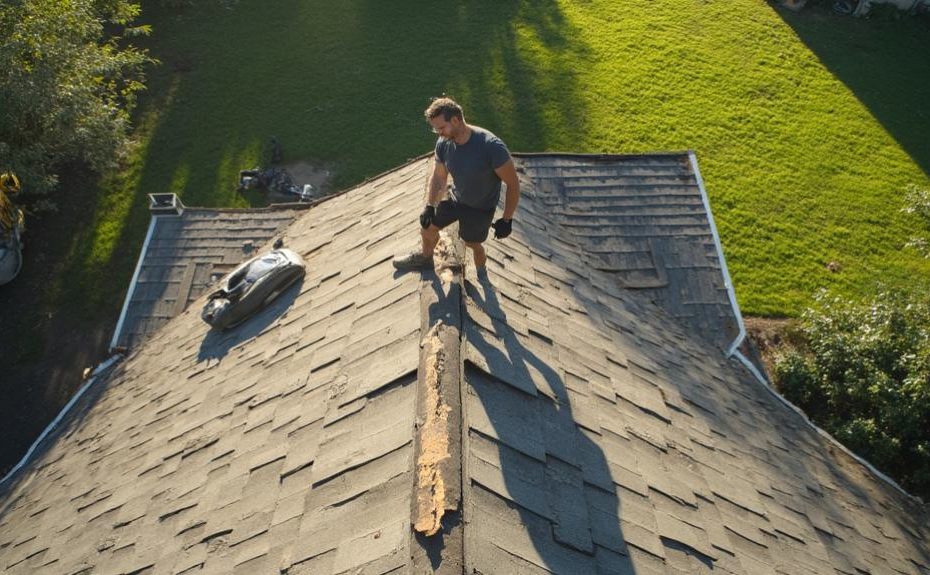While DIY projects can save money, certain home improvements demand professional expertise due to safety risks and technical complexity. Key projects to avoid include electrical system upgrades, asbestos removal, major plumbing work, tree removal, and roof replacement. Structural modifications, solar panel installations, garage door replacements, and complete bathroom remodels also require specialized knowledge and equipment. These projects involve critical safety considerations, strict building codes, and potential legal requirements that, if mishandled, could result in serious injury, property damage, or costly repairs. Understanding which projects require professional intervention can protect both your safety and investment.
Electrical System Upgrades
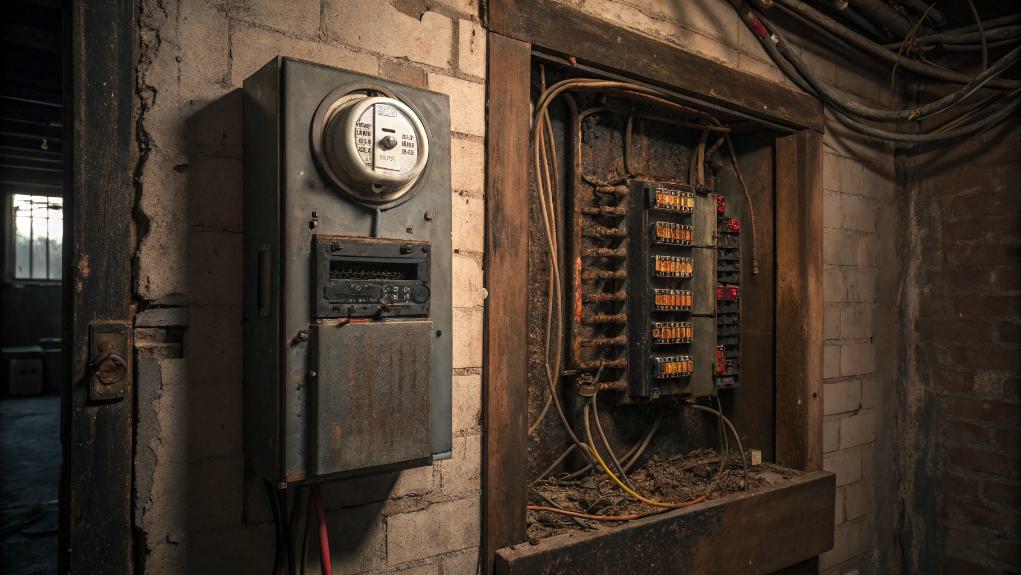
When it comes to electrical system upgrades, homeowners should steer clear of DIY attempts due to the severe risks involved. Improper electrical work can lead to devastating fires, property damage, and safety hazards, while also violating local codes and regulations. The human body's nature as an excellent conductor of electricity makes working with live wires particularly dangerous for untrained individuals. Additionally, the lack of proper expertise, specialized equipment, and technical knowledge often results in costly mistakes that require professional intervention and repairs.
Asbestos Removal
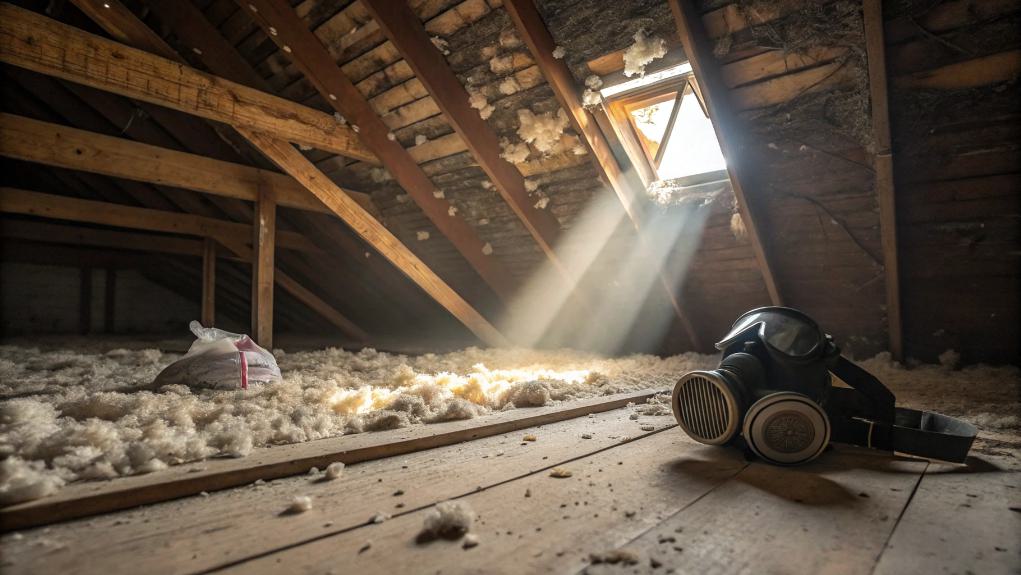
The dangers of asbestos removal make it one of the most hazardous DIY projects a homeowner could attempt. Professional handling requires specialized training, protective equipment, and precise methods to prevent fiber release. Even minor disturbance of asbestos materials can create serious health risks, and improper removal often leads to widespread contamination, legal consequences, and increased cancer risks for building occupants. No safe exposure level exists for asbestos, making professional abatement critical for protecting household health.
Major Plumbing Work
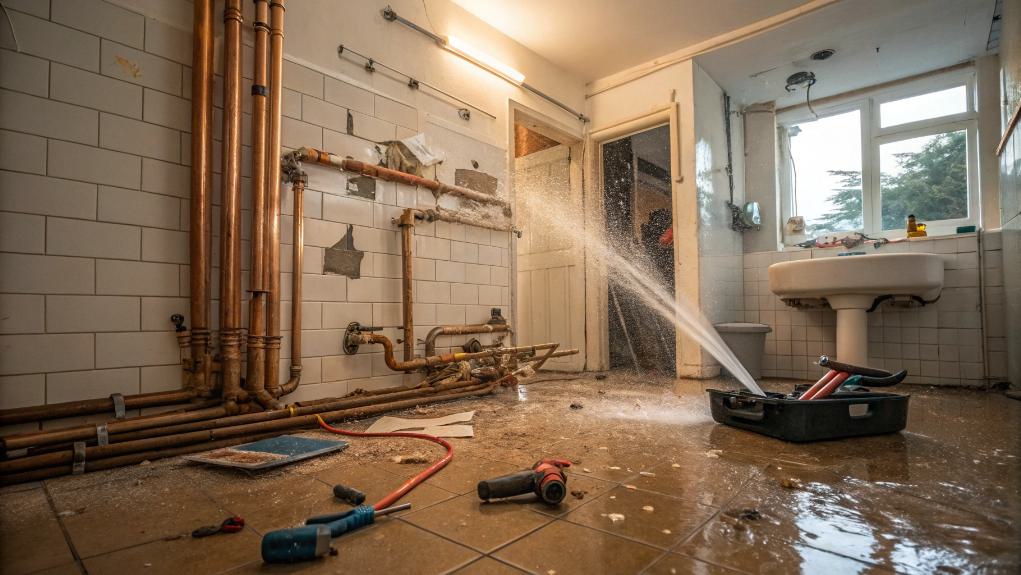
Many homeowners underestimate the complexities and risks involved in major plumbing work, making it one of the most dangerous DIY projects to attempt. From potential water damage and gas leaks to structural compromise and voided warranties, the consequences of incorrect plumbing work can be severe and costly. Professional plumbers bring essential expertise, ensuring code compliance and system integrity while protecting homeowners from long-term financial burdens. Attempting DIY plumbing repairs without proper knowledge can lead to void insurance policies, leaving homeowners financially exposed when accidents occur.
Tree Removal
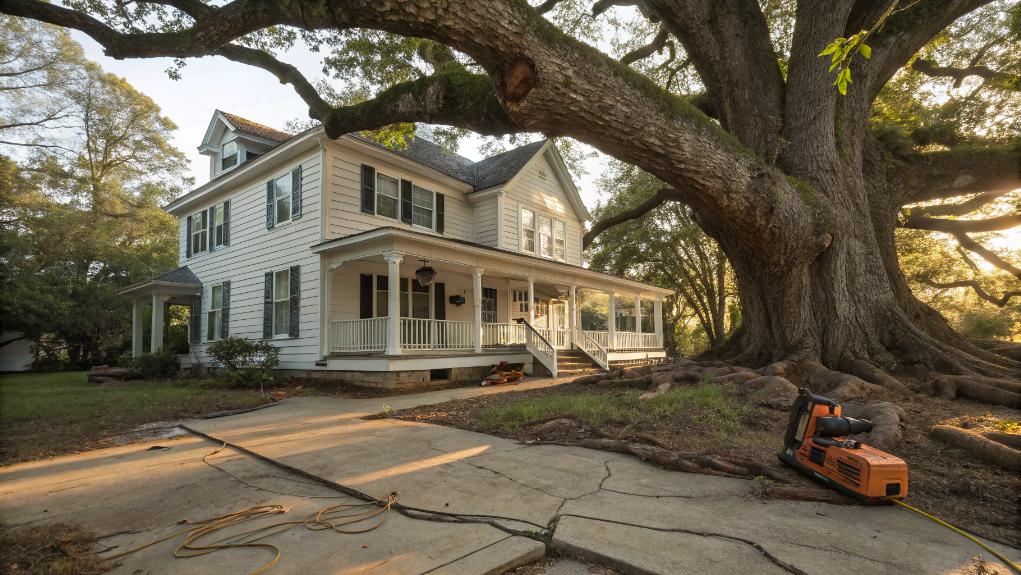
Removing a tree might seem like a straightforward task, but it ranks among the most dangerous home improvement projects a homeowner can attempt. From the risk of electrocution from power lines to severe injuries from falling branches, the hazards are significant. Statistics show that males aged 30-59 are most likely to suffer tree-related injuries, particularly during fall months. Professional tree removal services offer essential expertise, proper equipment, and insurance coverage, making them the safest choice for this complex task.
Roof Replacement
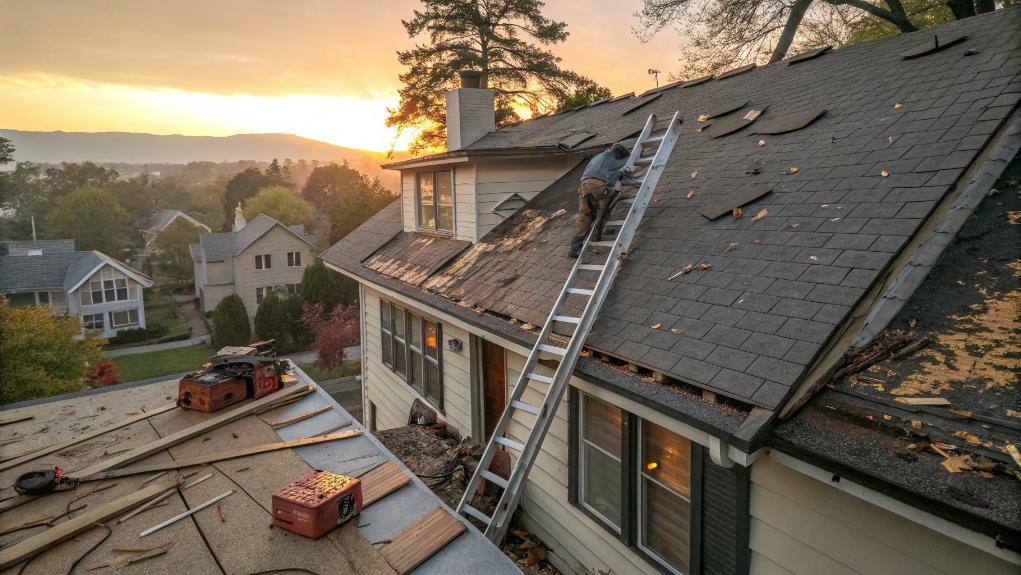
Despite its appeal as a cost-saving measure, replacing your own roof is one of the most dangerous and complex home improvement projects to tackle alone. Working at heights without proper safety equipment and training puts homeowners at serious risk of injury, while incorrect installation can void warranties, lead to insurance claim denials, and cause extensive damage that requires costly professional repairs. DIY roof repairs typically require specialized equipment purchases that drive up the total project cost significantly.
HVAC System Installation
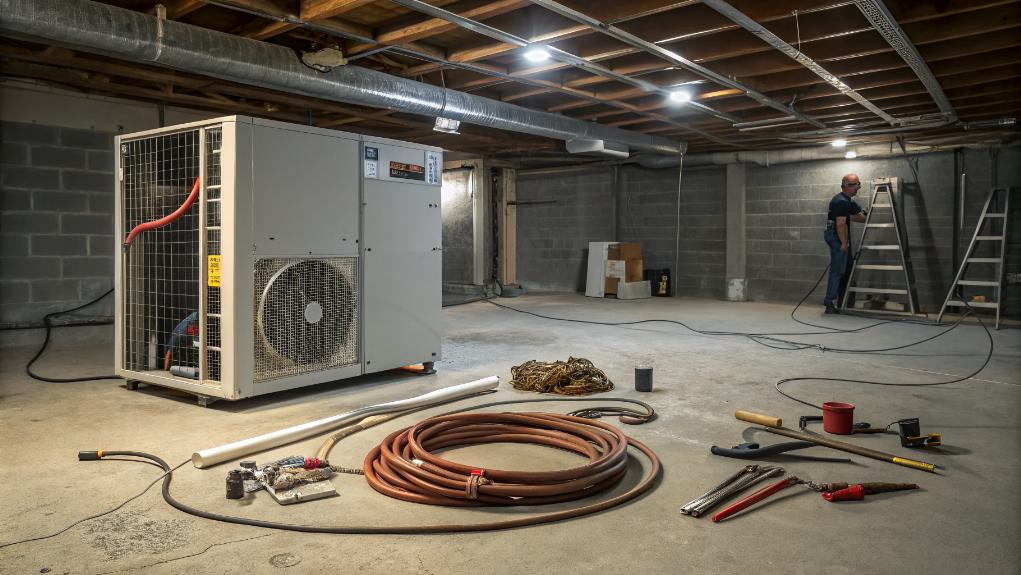
HVAC system installation represents another major home improvement project that should be left to qualified professionals. The risks of DIY installation include electrical fires, gas leaks, and refrigerant exposure, while the technical complexity requires specialized knowledge and tools. Additionally, attempting DIY installation can void manufacturer warranties and lead to costly repairs, making professional installation the safest and most cost-effective choice.
Foundation Repair
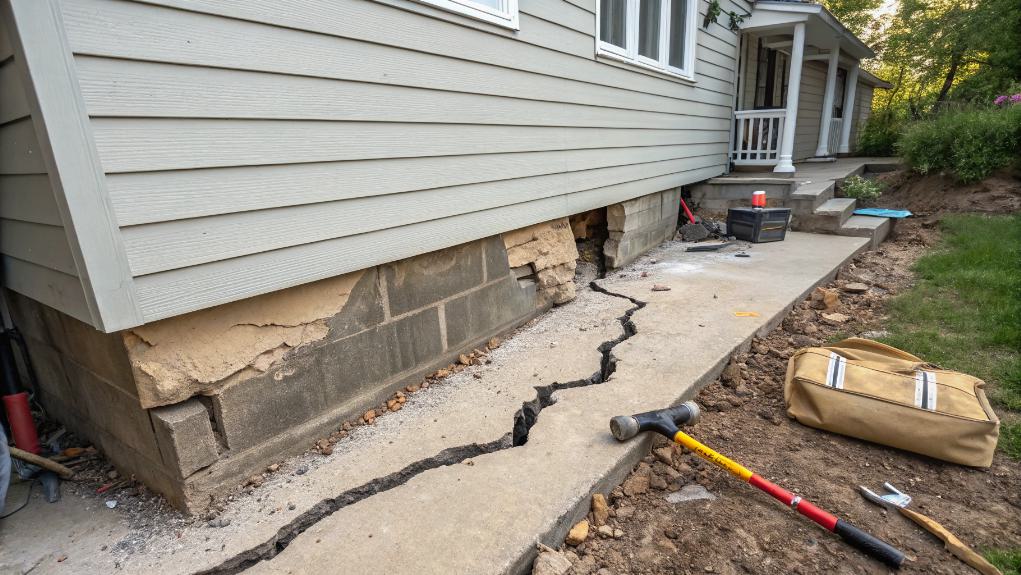
Foundation repair stands among the most dangerous and technically complex home improvement projects that homeowners should never attempt themselves. The risks include potential structural collapse, exposure to hazardous materials, and serious injuries from working in confined spaces. Furthermore, the specialized equipment, engineering expertise, and extensive training required for proper foundation repair make it essential to hire licensed professionals who can provide warranted, code-compliant solutions.
Lead Paint Remediation
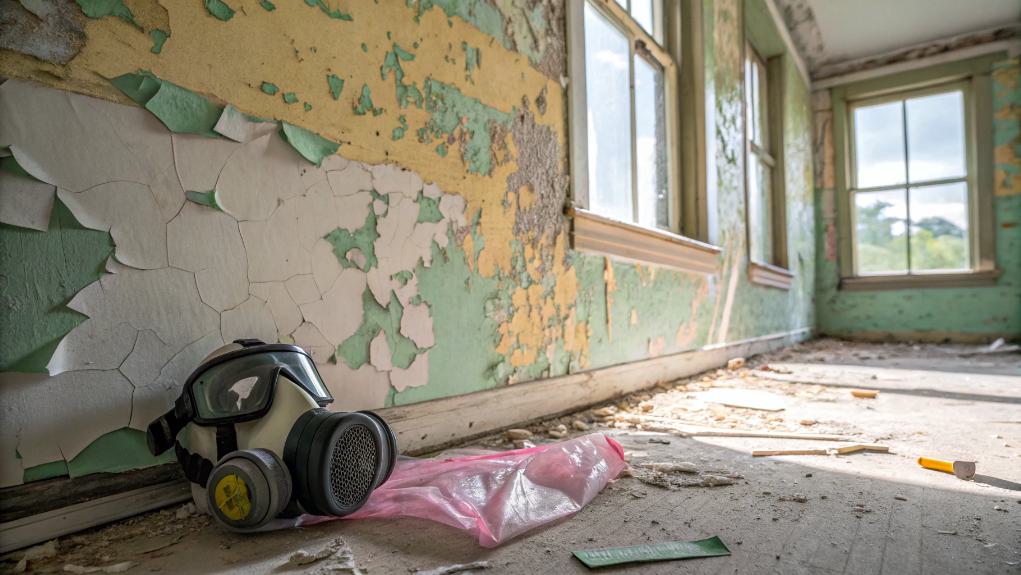
Lead paint removal ranks among the most hazardous home improvement tasks that should always be left to certified professionals. The process generates toxic lead dust that poses serious health risks, particularly to children and pregnant individuals. Proper removal requires specialized equipment, extensive safety protocols, and strict adherence to EPA regulations, making it far too dangerous for DIY attempts.
Skylight Installation
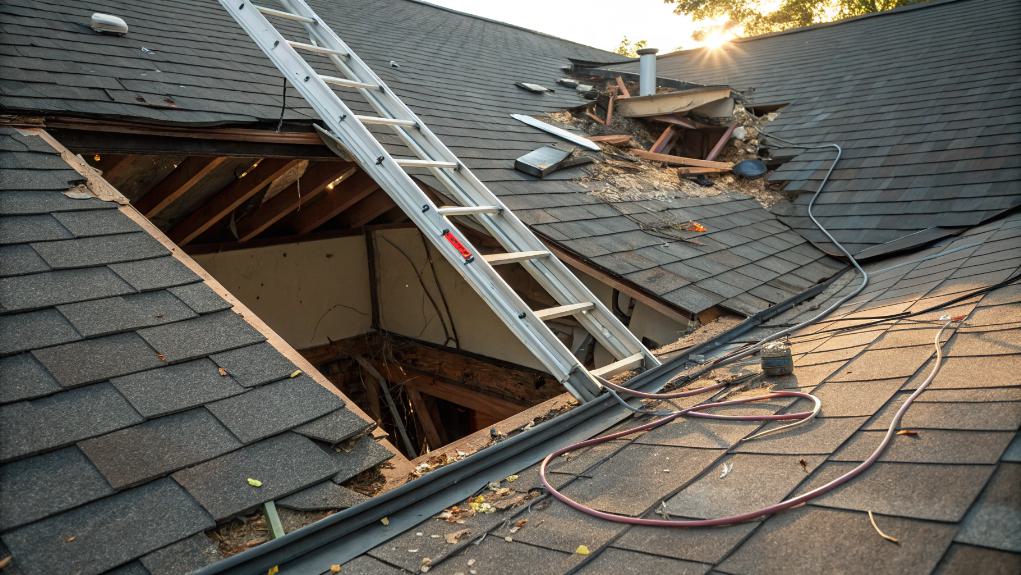
Installing a skylight may seem like an attractive DIY project to enhance natural lighting, but this complex home improvement task should be entrusted to qualified professionals. The combination of fall hazards, technical complexity, and strict safety regulations makes skylight installation particularly dangerous for amateurs, while improper installation can lead to serious structural damage, costly leaks, and potential legal liability from non-compliance with OSHA standards.
Gas Line Work
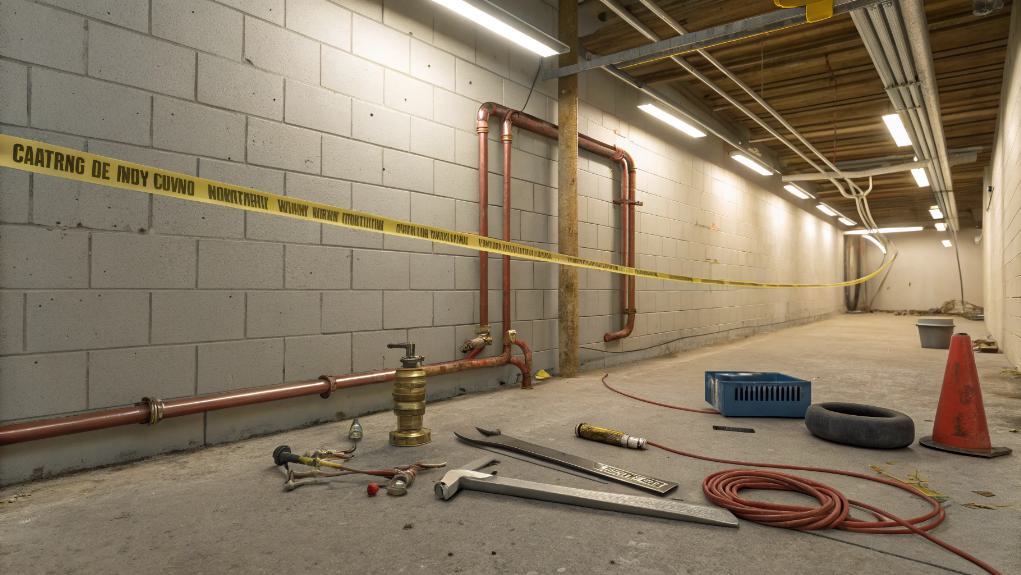
Gas line work's inherent dangers make it one of the most hazardous DIY projects a homeowner could attempt. The risks include potential explosions, severe injuries, and catastrophic property damage from gas leaks or improper installations. Working with threaded black iron pipes and corrugated stainless steel tubing requires specialized knowledge, precise techniques, and proper safety protocols that only trained professionals should handle.
Swimming Pool Construction
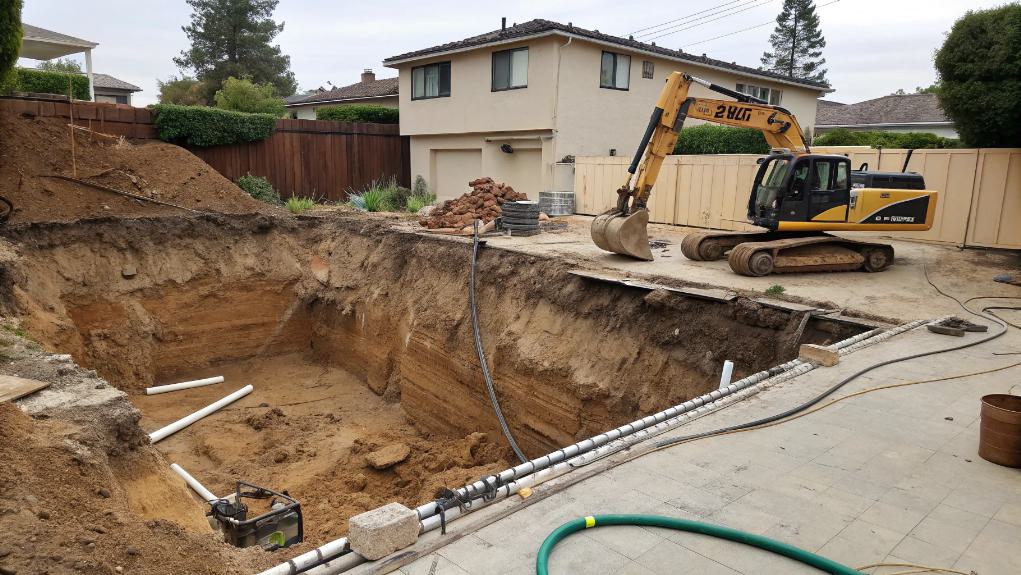
Building a swimming pool ranks among the most complex and demanding home improvement projects a homeowner could undertake. DIY pool construction comes with significant risks, including scheduling conflicts, warranty limitations, and potential installation errors that can compromise safety and structural integrity. Without professional expertise, homeowners may face extensive maintenance challenges, costly repairs, and prolonged disruption to their property.
Structural Wall Modifications
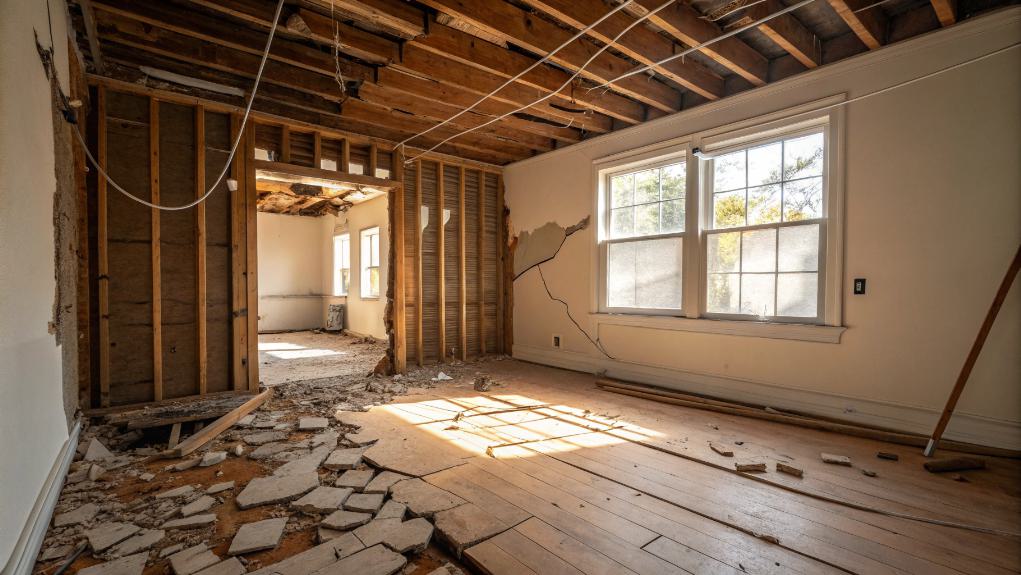
A home's structural walls serve as its vital skeleton, making any modifications to these essential components a dangerous undertaking for DIY enthusiasts. Removing or altering load-bearing walls without professional expertise can lead to catastrophic consequences, including structural collapse, costly repairs, and legal complications. Professional engineers and contractors possess the knowledge, tools, and experience necessary to safely execute these complex modifications while maintaining code compliance.
Solar Panel Installation
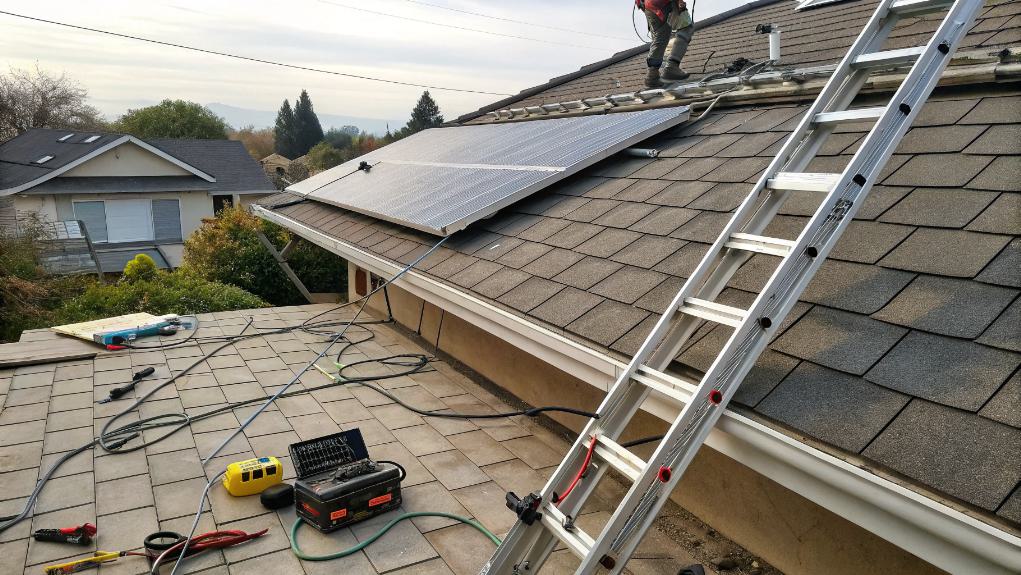
While the appeal of sustainable energy solutions continues to grow, solar panel installation remains one of the most complex and dangerous home improvement projects that should be left to professionals. DIY attempts can lead to serious safety hazards, including electrical shocks, fire risks, and structural damage, while also potentially voiding warranties and violating building codes. Professional installers guarantee safe, compliant, and top-performing systems.
Garage Door Replacement
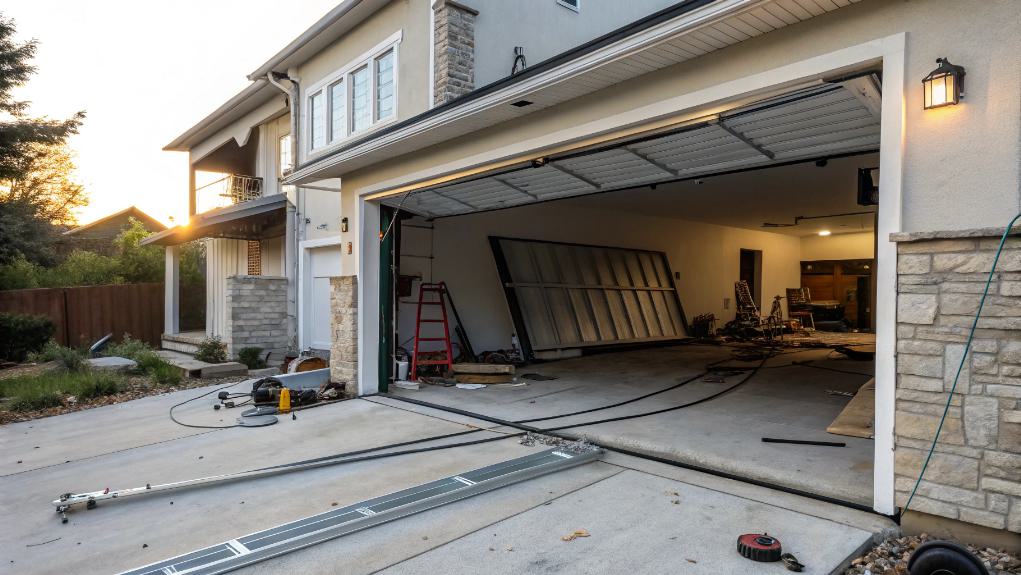
Safety concerns make garage door replacement one of the most hazardous DIY projects homeowners should avoid. With garage doors weighing over 100 pounds and containing high-tension springs that can snap unexpectedly, the risk of severe injury or death is significant. Professional technicians have specialized tools and expertise to handle these complex mechanisms while ensuring compliance with essential safety regulations and auto-reverse features.
Complete Bathroom Remodel
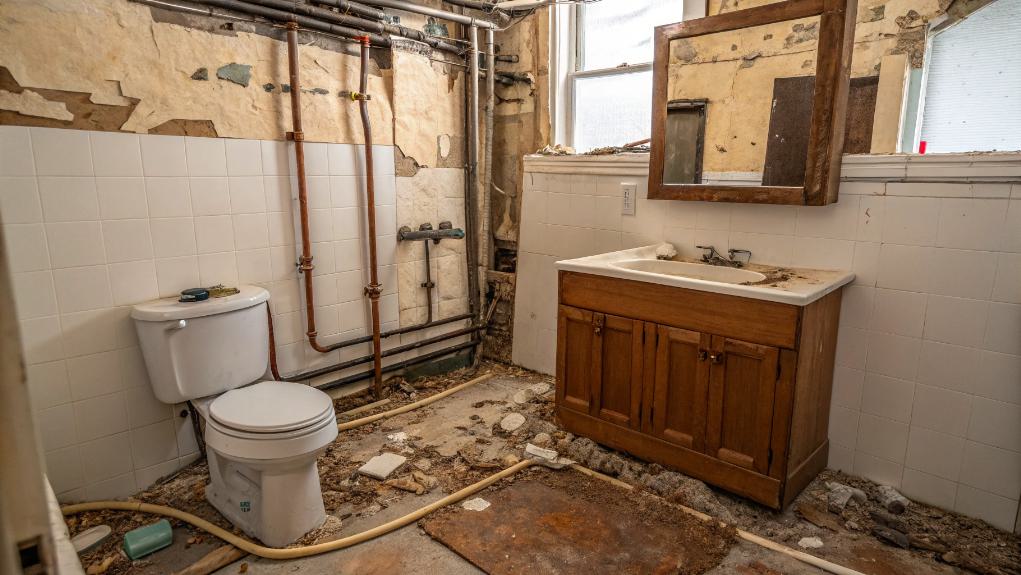
Moving from mechanical dangers to structural complexities, complete bathroom remodels demand professional expertise for multiple reasons. The project's intricate timeline spans 4-8 weeks, involving coordinated phases of demolition, plumbing, electrical work, and finishing touches, while proper sequencing of tasks requires specialized knowledge. Additionally, critical systems like plumbing and electrical work must meet strict building codes and safety standards.
Frequently Asked Questions
How Do I Know if a Contractor Is Properly Licensed and Insured?
To verify a contractor's credentials, start by checking your state's contractor licensing board website, where you can search for active licenses and registrations. Request proof of current liability and workers' compensation insurance by asking for a certificate of insurance, and verify the coverage directly with the insurance provider. Additionally, confirm they have required surety bonds and check for any complaints or violations through your state's consumer protection office.
What Permits Are Typically Required for Home Improvement Projects in My Area?
While it might seem tempting to skip permit requirements, doing so can lead to costly fines and safety issues. Typically, permits are required for electrical work like adding circuits or installing new wiring, structural changes such as removing walls or building additions, plumbing modifications including water heater installations, and HVAC system changes. Contact your local building department directly, as requirements vary greatly by municipality.
Should I Get Multiple Bids Before Choosing a Contractor?
Yes, obtaining multiple bids, typically three, is essential when selecting a contractor for your project. Multiple bids allow you to compare prices, evaluate contractor experience, and identify any pricing outliers. Each contractor should bid based on identical project specifications to guarantee accurate comparisons, while detailed line-item breakdowns help you understand exactly what you're paying for and prevent potential overcharging.
How Can I Verify if My Homeowner's Insurance Covers DIY Project Accidents?
To verify your homeowner's insurance coverage for DIY projects, start by thoroughly reviewing your policy documents, speaking with your insurance agent, and requesting written confirmation of coverage specifics. Contact your insurer before starting any major DIY work, document your plans, and obtain necessary permits. Remember that standard policies often exclude damage from poor workmanship, so consider additional coverage options for renovation projects and always maintain detailed records of any work performed.
What Are Signs That a Home Improvement Project Requires Professional Expertise?
Several key indicators suggest a project requires professional expertise: structural modifications affecting load-bearing elements, complex electrical or plumbing work that could impact safety systems, projects requiring specialized permits or code compliance, and tasks involving hazardous materials like asbestos or mold. Additionally, projects demanding specialized tools, equipment, or technical knowledge beyond basic DIY skills, or those that could void warranties or insurance coverage, should be handled by qualified professionals.
